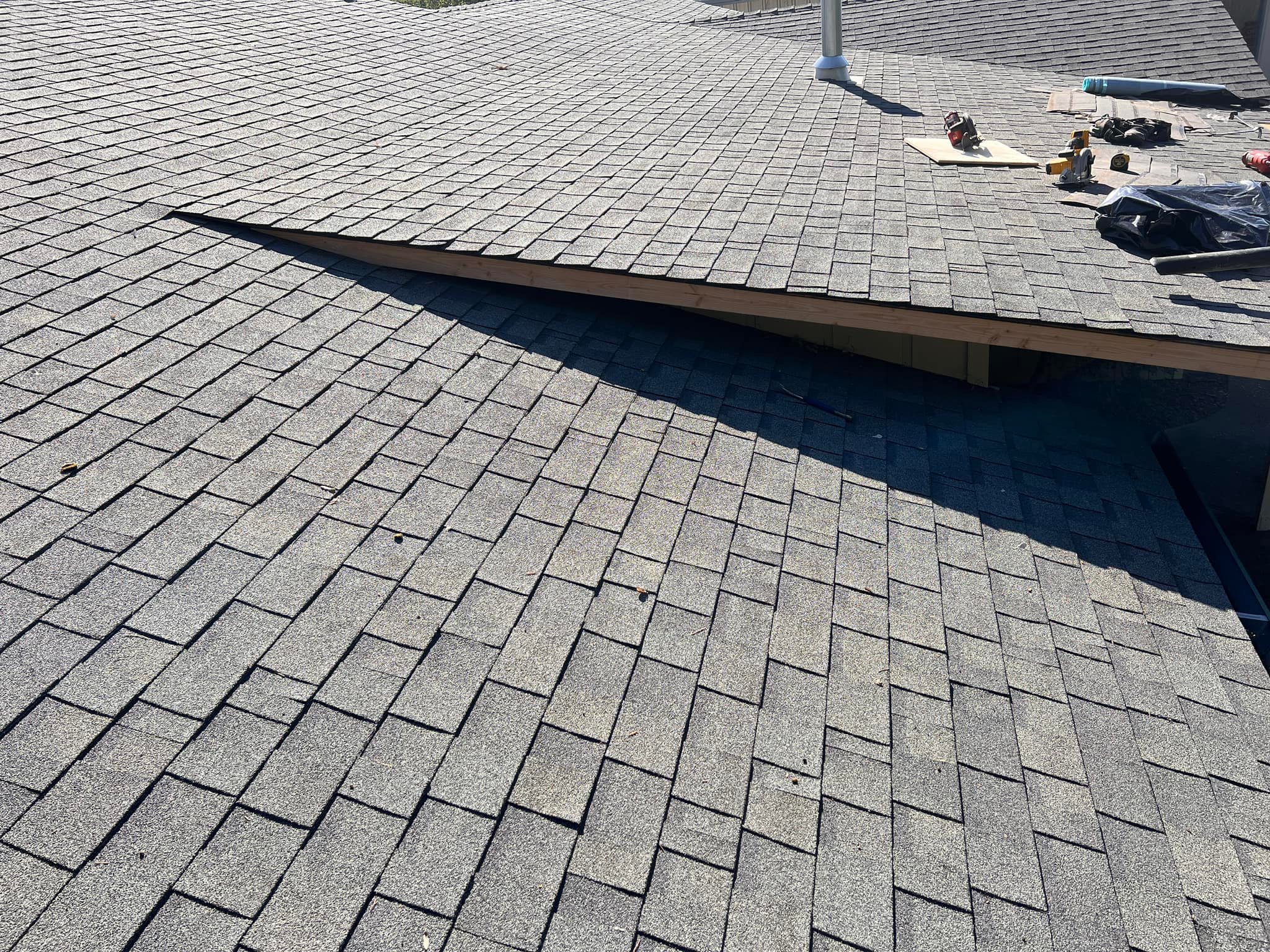
A Comprehensive Guide to Preventing Common Roofing Issues Nov 03, 2025
Start by conducting regular inspections of your roof. A proactive approach to identifying potential issues can make a significant difference. Look for missing, cracked, or curling shingles, which are common indicators of damage. These damages often result from extreme weather conditions such as heavy rain, wind, or fluctuating temperatures. Spotting these problems early allows you to address them before they escalate into something more serious.
Another key issue to be aware of is roof leaks. Leaks can cause significant damage to your home’s interior, including staining walls and ceilings, promoting mold growth, and damaging insulation. To prevent leaks, ensure that your roof's flashing, a material that covers joints and seams, is intact and in good repair. It's often at these intersections between the roof and other structures, like chimneys and skylights, where leaks begin. Therefore, regular inspection and maintenance of these areas are essential.
Clogged gutters are another frequent culprit of roof problems. When gutters are obstructed by leaves and debris, water can back up and seep under your roof, leading to leaks and water damage. Make it a habit to clean your gutters at least twice a year, in the spring and fall, to ensure they function properly. Consider installing gutter guards to reduce the amount of debris that can enter the gutters, thereby minimizing the frequency of cleanings needed and potential damage.
Ventilation is also a critical aspect of a healthy roofing system. Proper roof ventilation regulates temperature and moisture levels in your attic, reducing the risk of mold growth in the roofing structure. This is particularly important in areas with hot summers and cold winters, as extreme temperatures can lead to condensation, which can compromise the roof's integrity. Ensuring adequate ventilation will prolong the life of your roof by reducing the expansion and contraction of roofing materials.
Furthermore, the presence of overhanging tree branches can pose a threat to your roof’s health. Branches in contact with the roof can scrape against shingles, removing their granules and potentially leading to leaks. In storms, broken branches can puncture the roof. To prevent this, trim back any overhanging branches to ensure they are at least six feet away from your roof. This will also help decrease the accumulation of leaves in your gutters.
Lastly, engage with professionals for comprehensive inspections. While there’s much you can do on your own, some issues require a trained eye. Roofing contractors have the experience to detect problems that might not be visible to an untrained observer. Schedule professional inspections at least annually to ensure your roof is in optimal condition.
In conclusion, prioritizing the preventative measures outlined above can significantly extend the life of your roof and ward off costly repairs. Liberty Roofing Contractors is here to support you with expert guidance and professional services should any issues arise. By adopting regular maintenance practices and promptly addressing any concerns, you can keep your roof in peak condition, safeguarding your home and family for years to come.
/filters:no_upscale()/filters:format(webp)/media/85c22155-2e47-4319-9292-b0d68ad4b262.jpeg)